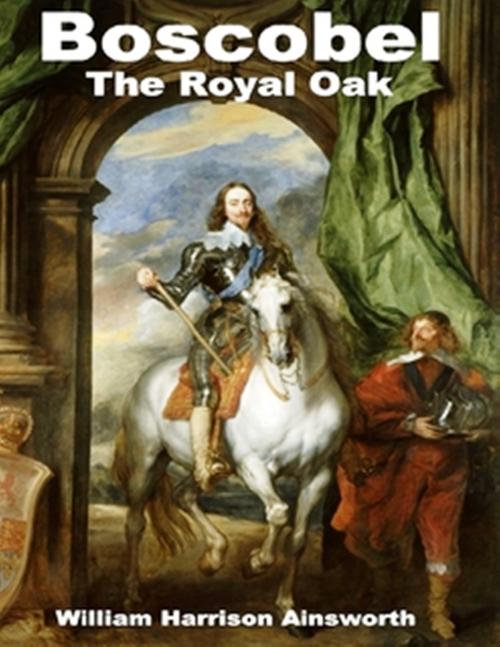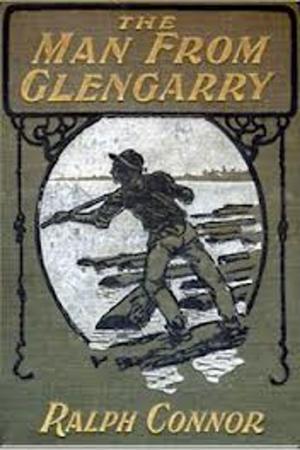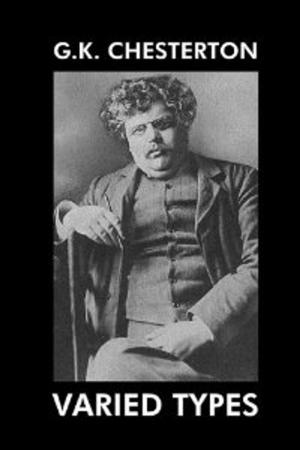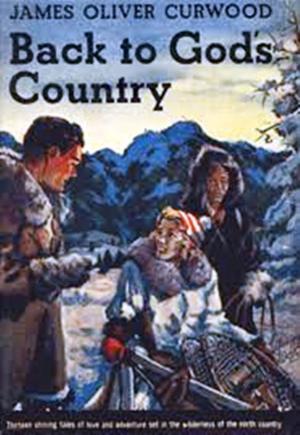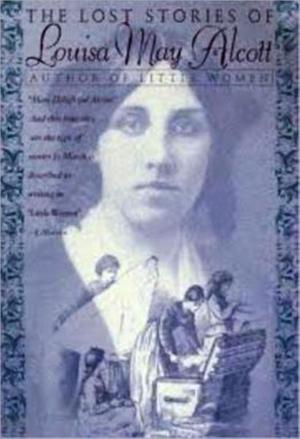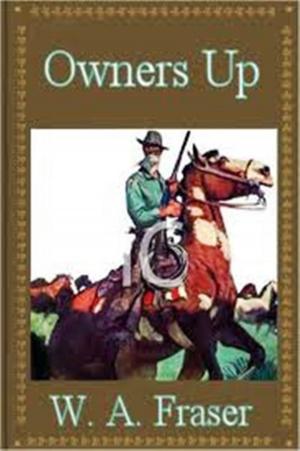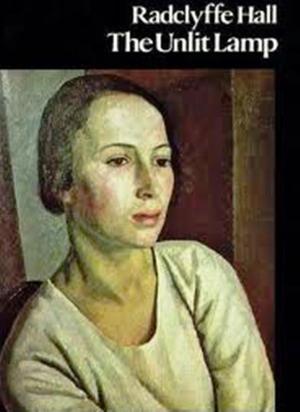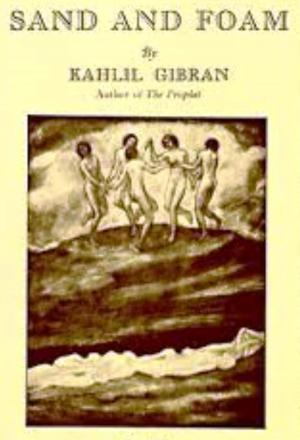| Author: | William Harrison Ainsworth | ISBN: | 1230000139327 |
| Publisher: | WDS Publishing | Publication: | June 4, 2013 |
| Imprint: | Language: | English |
| Author: | William Harrison Ainsworth |
| ISBN: | 1230000139327 |
| Publisher: | WDS Publishing |
| Publication: | June 4, 2013 |
| Imprint: | |
| Language: | English |
During the Civil Wars, the old and faithful city of Worcester suffered
severely for its devotion to the royal cause. Twice was it besieged--
twice sacked by the Parliamentarians. In 1642, the Earl of Essex
marched with a large force against the place, stormed and pillaged it,
and sent several of the wealthier citizens prisoners to London. Four
years later--namely, in 1646--the city again declared for the king,
and being captured by the Roundheads, after an obstinate defence,
underwent harder usage than before. Besides plundering the
inhabitants, the soldiers of the Commonwealth, exasperated by the
resistance they had encountered, did much damage to the public
buildings, especially to the cathedral, the interior of which
magnificent edifice was grievously injured. According to their custom,
the troopers stabled their horses in the aisles, and converted the
choir into a barrack, and the chapter-house into a guardroom. The
organ was destroyed; the rich painted glass of the windows broken;
many monuments mutilated; and the ancient records preserved in the
library burnt. The exquisitely carved stone cross in the churchyard,
from the pulpit of which Latimer and Whitgift had preached, was pulled
down. Before this, John Prideaux, somewhile Bishop of Worcester, had
been deprived of his see, and the dean and prebends dismissed--Church
of England divines having given place to Presbyterian ministers,
Independents, and Anabaptists.
But notwithstanding their sufferings in the good cause, the loyalty of
the Worcester Cavaliers remained unshaken. Heavy fines and
imprisonment could not subdue their spirit. To the last they continued
true to the unfortunate king, though any further attempt at rising was
checked by the strong garrison left in charge of the city, and
commanded by Colonel John James, one of the strictest of the
Republican leaders.
After the terrible tragedy of Whitehall, the Cavaliers of Worcester
transferred their allegiance to the eldest son of the royal martyr and
heir to the crown. All the principal citizens put on mourning, and
every countenance, except those of the soldiers of the garrison, wore
a sorrowful aspect. A funeral sermon, the text being, "Judge, and
avenge my cause, O Lord," was preached by Doctor Crosby, the deprived
dean, to a few persons assembled secretly by night in the crypt of the
cathedral, and prayers were offered up for the preservation of Prince
Charles, and his speedy restoration to the throne. The service,
however, was interrupted by a patrol of musketeers, and the dean was
seized and lodged in Edgar's Tower, an old fortified gate-house at the
entrance of the cathedral close. Never had Worcester been so gloomy
and despondent as at this period.
Nor did the hopes of the loyal citizens revive till the middle of
August, 1651, when intelligence was received that Charles, who had
been recently crowned at Scone, had escaped Cromwell's vigilance, and
crossing the Border with a considerable army, had pursued the direct
route to Lancaster. Thence he continued his rapid march through
Preston to Warrington, where he forced the bridge over the Mersey, in
spite of the efforts of Generals Lambert and Harrison to arrest his
progress. The young king, it was said, was making his way to his
faithful city of Worcester, where he meant to establish his head-
quarters and recruit his forces before marching on London.
During the Civil Wars, the old and faithful city of Worcester suffered
severely for its devotion to the royal cause. Twice was it besieged--
twice sacked by the Parliamentarians. In 1642, the Earl of Essex
marched with a large force against the place, stormed and pillaged it,
and sent several of the wealthier citizens prisoners to London. Four
years later--namely, in 1646--the city again declared for the king,
and being captured by the Roundheads, after an obstinate defence,
underwent harder usage than before. Besides plundering the
inhabitants, the soldiers of the Commonwealth, exasperated by the
resistance they had encountered, did much damage to the public
buildings, especially to the cathedral, the interior of which
magnificent edifice was grievously injured. According to their custom,
the troopers stabled their horses in the aisles, and converted the
choir into a barrack, and the chapter-house into a guardroom. The
organ was destroyed; the rich painted glass of the windows broken;
many monuments mutilated; and the ancient records preserved in the
library burnt. The exquisitely carved stone cross in the churchyard,
from the pulpit of which Latimer and Whitgift had preached, was pulled
down. Before this, John Prideaux, somewhile Bishop of Worcester, had
been deprived of his see, and the dean and prebends dismissed--Church
of England divines having given place to Presbyterian ministers,
Independents, and Anabaptists.
But notwithstanding their sufferings in the good cause, the loyalty of
the Worcester Cavaliers remained unshaken. Heavy fines and
imprisonment could not subdue their spirit. To the last they continued
true to the unfortunate king, though any further attempt at rising was
checked by the strong garrison left in charge of the city, and
commanded by Colonel John James, one of the strictest of the
Republican leaders.
After the terrible tragedy of Whitehall, the Cavaliers of Worcester
transferred their allegiance to the eldest son of the royal martyr and
heir to the crown. All the principal citizens put on mourning, and
every countenance, except those of the soldiers of the garrison, wore
a sorrowful aspect. A funeral sermon, the text being, "Judge, and
avenge my cause, O Lord," was preached by Doctor Crosby, the deprived
dean, to a few persons assembled secretly by night in the crypt of the
cathedral, and prayers were offered up for the preservation of Prince
Charles, and his speedy restoration to the throne. The service,
however, was interrupted by a patrol of musketeers, and the dean was
seized and lodged in Edgar's Tower, an old fortified gate-house at the
entrance of the cathedral close. Never had Worcester been so gloomy
and despondent as at this period.
Nor did the hopes of the loyal citizens revive till the middle of
August, 1651, when intelligence was received that Charles, who had
been recently crowned at Scone, had escaped Cromwell's vigilance, and
crossing the Border with a considerable army, had pursued the direct
route to Lancaster. Thence he continued his rapid march through
Preston to Warrington, where he forced the bridge over the Mersey, in
spite of the efforts of Generals Lambert and Harrison to arrest his
progress. The young king, it was said, was making his way to his
faithful city of Worcester, where he meant to establish his head-
quarters and recruit his forces before marching on London.
